Tag Archive for: metal presswork
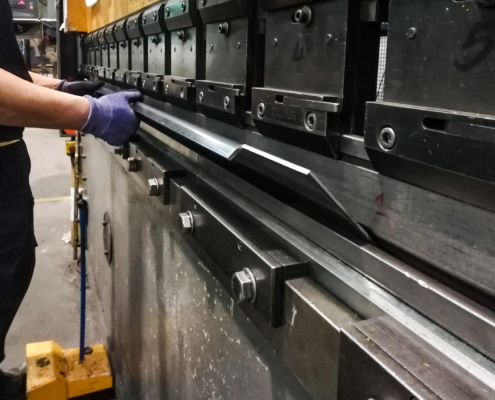
Metal Presswork or Fabrication? How to Choose for Your Next Project
/
0 Comments
When it comes to manufacturing custom metal parts, the decision…
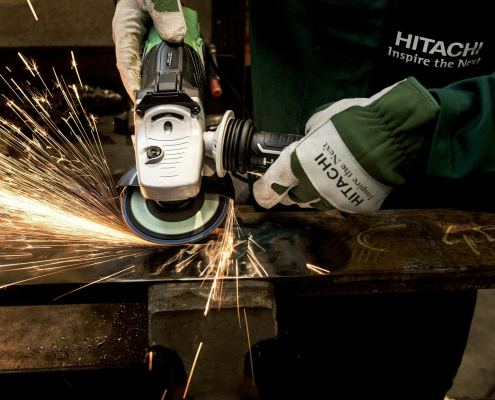
From Design to Delivery: The Complete Metal Presswork Process
In the world of manufacturing, precision and efficiency are crucial.…
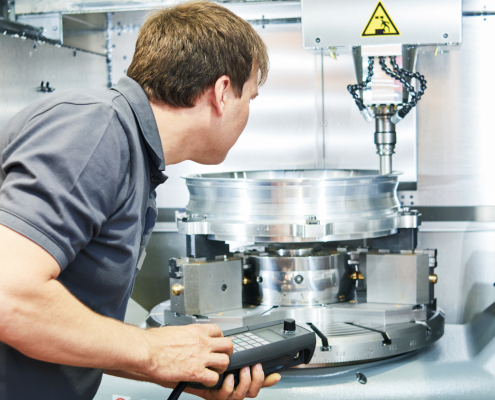
How Metal Presswork, Fabrication, and Machining Work Together in Manufacturing
Manufacturing is a highly complex process that requires a combination…
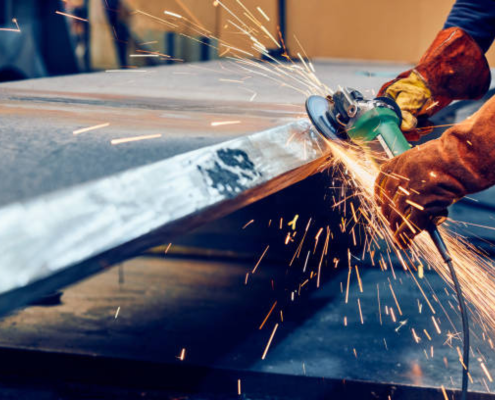
From Cutting to Forming: The Complete Guide to Modern Metalworking Methods
Modern metalworking is a fascinating and ever-evolving field…
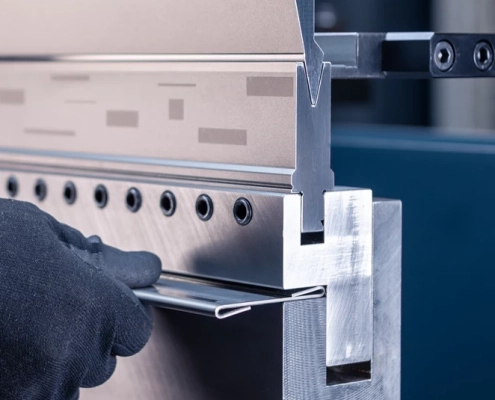
How to Choose the Right Metal Press Tooling for Your Metal Parts
In metal fabrication, precision and efficiency are key. One of…
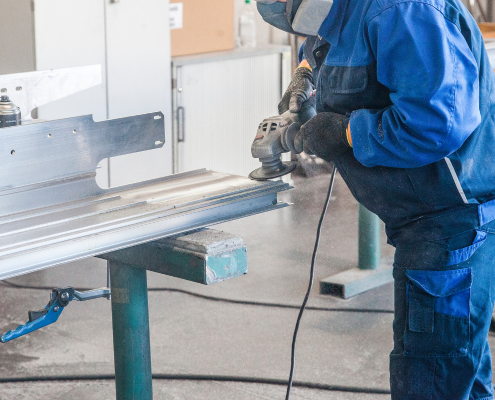
Metal Fabrication Methods Comparison : Choosing Between Welding, Presswork, and Machining
When working on a metal project, choosing the right fabrication…
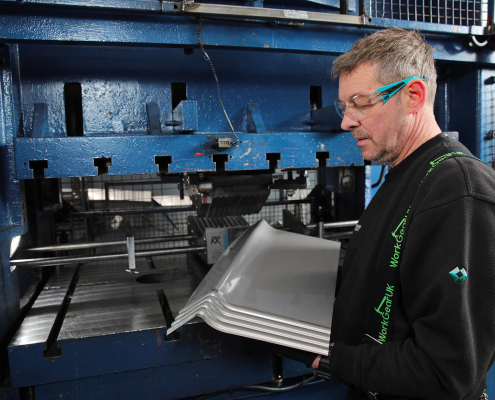
How to Choose the Best Metal Presswork Supplier for Your Business
If you’re working in manufacturing, product design, or engineering,…
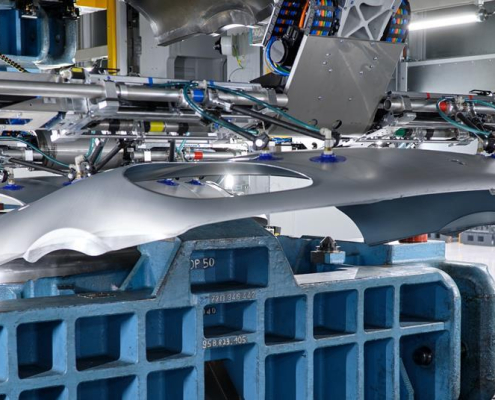
Advantages of Metal Presswork in Automotive and Industrial Manufacturing
Metal presswork, commonly known as metal stamping, is a core…
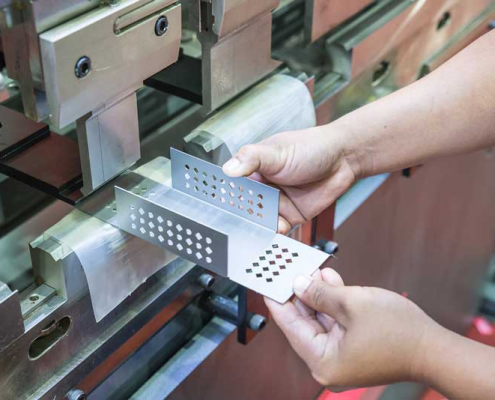
What is Metal Presswork? Understanding The Basics
We use metal every day, often without even thinking about how…
